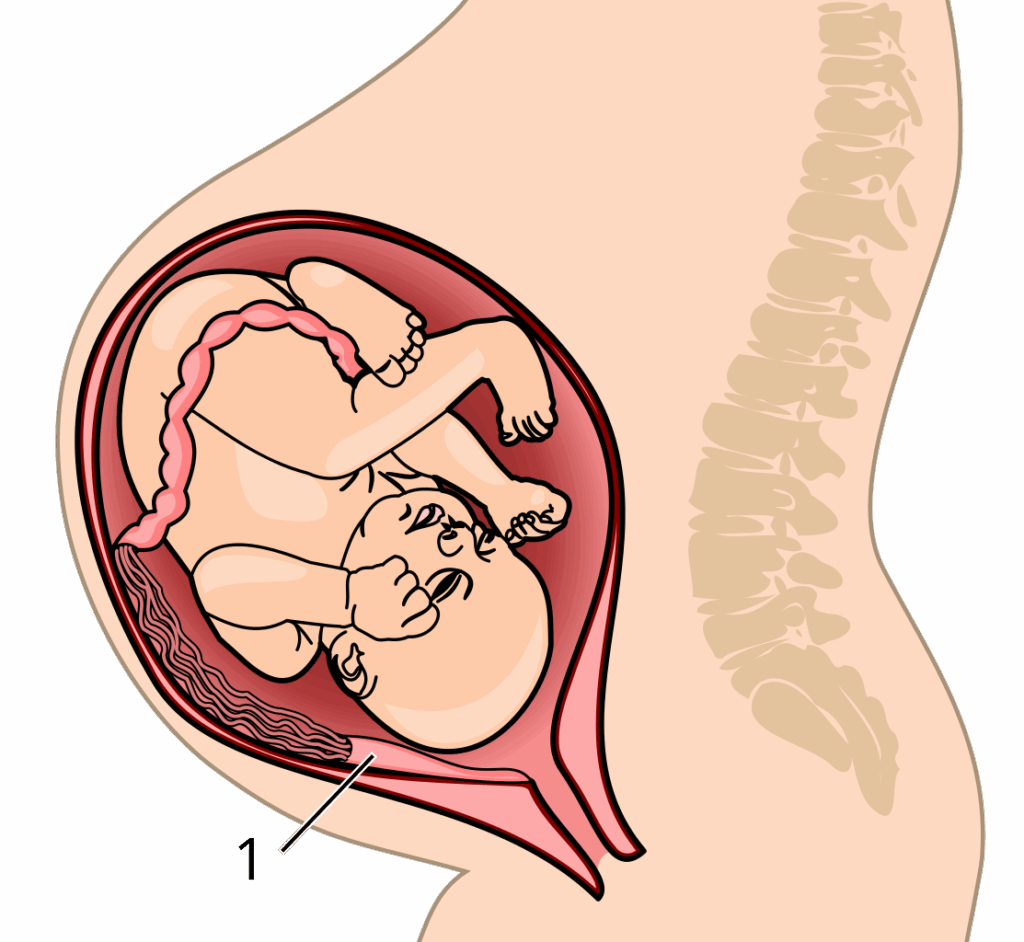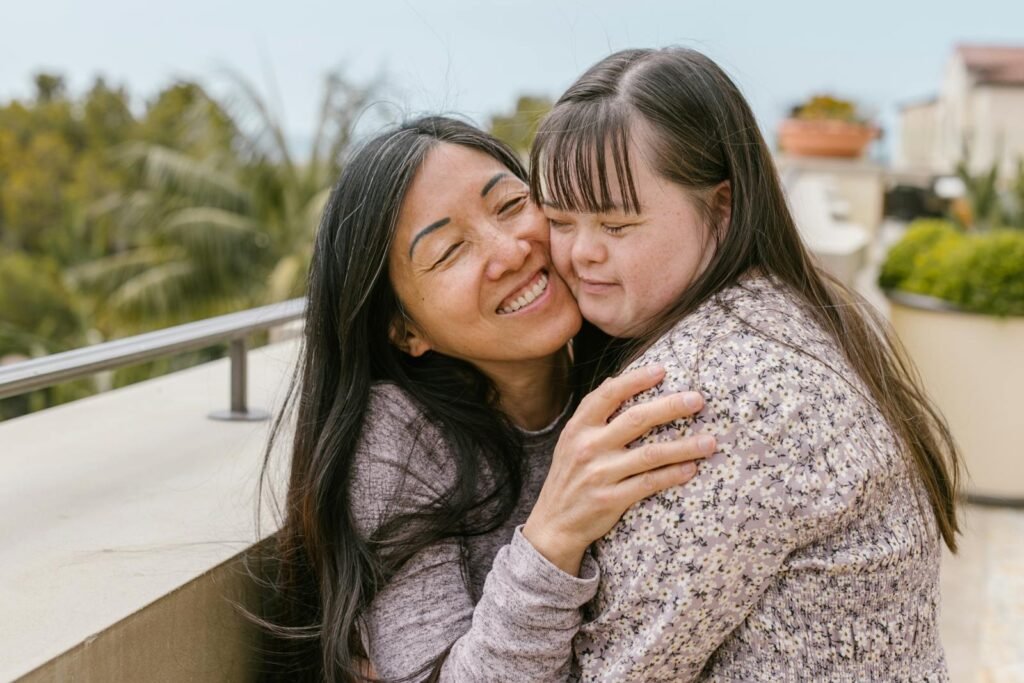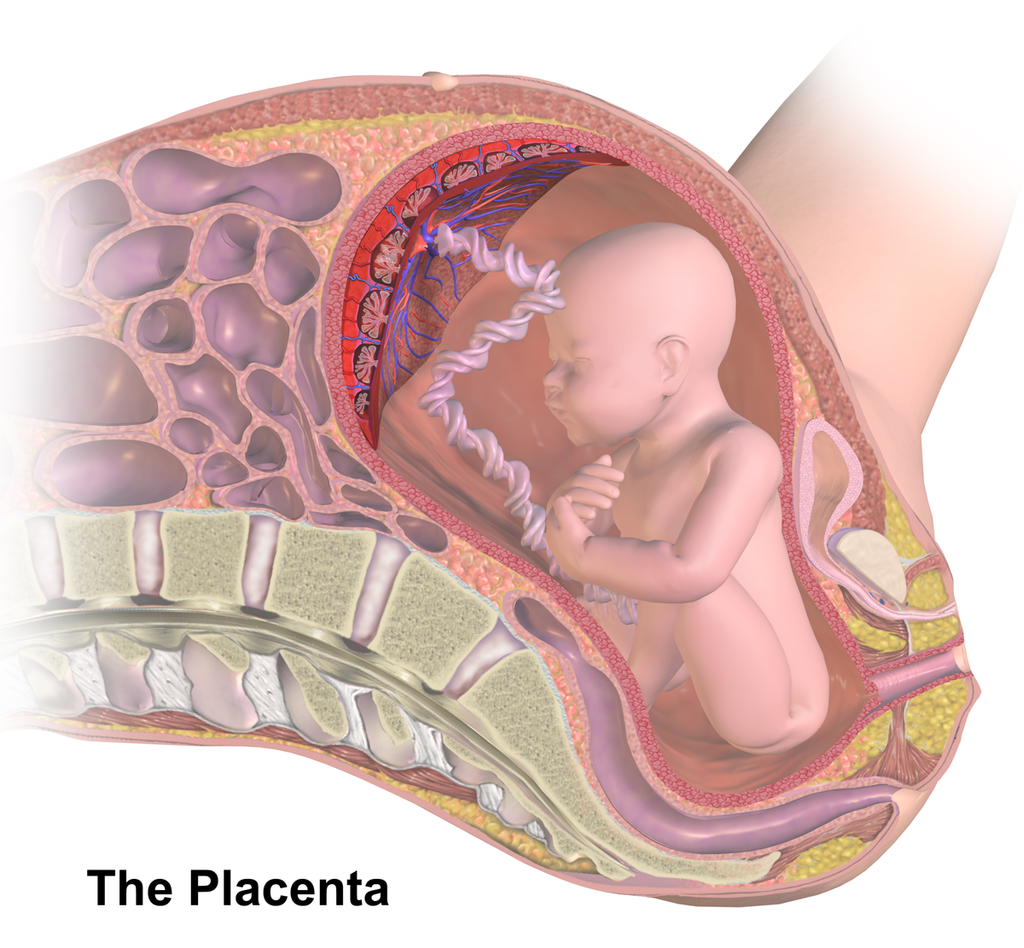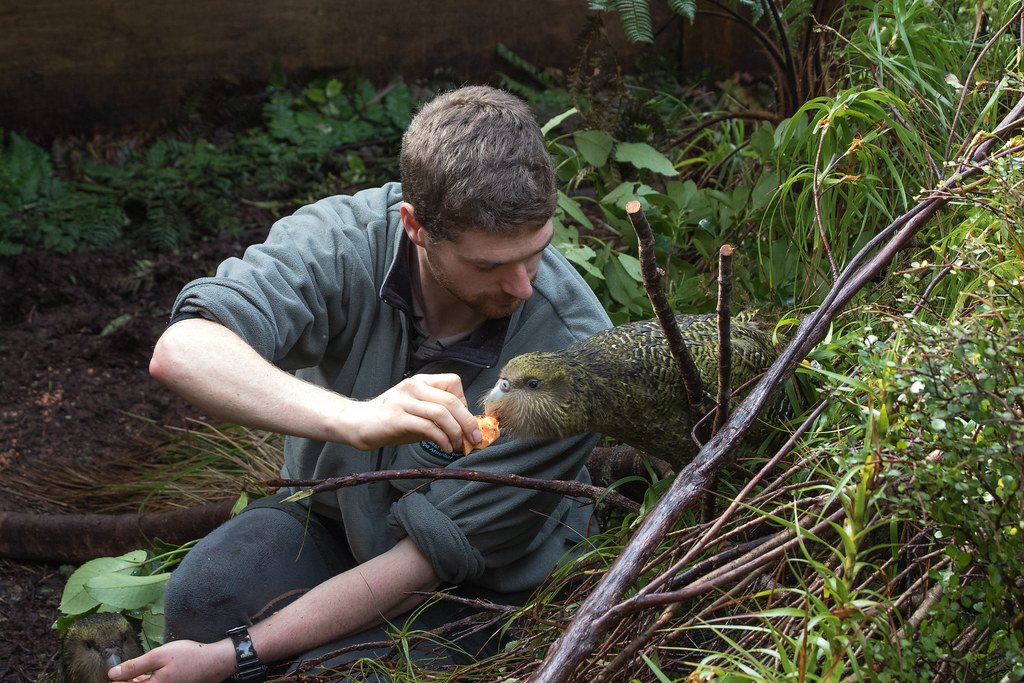For thousands of years of human history, scholars have questioned what makes the human brain extraordinary, remarkable in its size, processing abilities, and overarching intelligence in a social setting. Now, a revolutionary new hypothesis from scientists at the Universities of Cambridge and Oxford posits an unlikely architect of our cognitive transformation: the placenta. It may have been this temporary organ, one that has been overlooked in comparisons of humans and our ancestors and its unique chemistry that helped shape our brains and social behavior. By modulating prenatal hormones like estrogen and testosterone, the placenta may have simultaneously underpinned both brain expansion and the cooperative societies that are that shape our species. This theory actually overturns accepted accounts of evolution, by shifting not just competition but pregnancy to the core of what makes us human.
The Placenta: More Than Just a Life Support System

The placenta is frequently considered a passive nutrient filter, but in fact it is a dynamic endocrine powerhouse. It synthesizes the steroid hormones testosterone, estrogen and progesterone, which wash through the fetal blood, affecting development well before birth. The latest research shows that the human placenta is particularly good at managing this hormonal balance, in part by converting testosterone to estrogen with an enzyme called aromatase. Humans have more aromatase even than other primates, suggesting that our fetal brains soak in a unique hormonal cocktail one that may have underpinned both the growth of our noggins and our versatility as social creatures.
“It’s not just like a bit of steak you’re feeding the fetus; the placenta is also programming the fetus,” explains Professor Graham Burton of Cambridge. The length of pregnancy and the hormonal balance it provides is crucial for the development of big, complicated brains.” This hormonal fine-tuning, he posits, might account for why human pregnancies are longer than those of our closest primate relatives and permit more brain maturation.
Mini-Brains and Hormonal Experiments: A New Window into Evolution

To explore how these hormones mold brain development, researchers have relied on a new experimental tool: brain organoids, or “mini-brains,” that are grown from human stem cells. These lab-grown collections of neurons showed that testosterone promotes brain growth by increasing the number of cells, where estrogen promotes connectivity among neurons. In short, testosterone constructs the brain’s hardware, but estrogen fine-tunes its software, a two-step process that may account for both the scope and the complexity of human cognition.
“We’ve found that very small differences in prenatal hormones predict how quickly babies will pick up on social cues, and even which ones are most likely to enjoy looking at pictures of faces as a four year old,” says Dr Alex Tsompanidis, lead author of the study. This isn’t just localization to individual differences, it implies that these hormones had evolutionary effects.” If early humans had placentas that were tilted toward more estrogen activity, it may have boosted the evolution of social bonding and even problem solving for our ancient forebears, said Dr. Evo.
The Social Brain Paradox: How Hormones Made Us Team Players

Humans are a primate rarity in that we do well in large, cooperating groups. But there’s an evolutionary riddle embedded here: Larger groups usually come with heightened competition, which sabotages fertility and stability. The new hypothesis proposes that placental hormones would resolve this paradox by cosmically tweaking human biology.
Modern humans have lower sexual dimorphism than Neanderthals and chimpanzees, with the difference between men and women in body size and degree of aggression smaller. This may be because the placenta has an uncanny ability to turn testosterone into estrogen, which in turn curbs male aggression while lending females fertility a boost. The result? Civilizations in which cooperation transcends conflict, leading to the development of villages, cities, and states.
“Large social groups require greater cognitive flexibility,” says Robin Dunbar, an evolutionary biologist at the University of Oxford. To the extent that hormones like estrogen might have helped build neural connectivity, they might also have helped turn gossip, trust and long-term alliances into potential keys to human success.”
The Autism Connection: A Clue to Evolutionary Trade-Offs

The authors of that study, a coterie of researchers who often study autism, suggest that neurodiversity is one of the products of this endocrinological legacy. Autism spectrum traits, such as hyper-focused attention or diminished social motivation, may mirror diversity in prenatal hormone exposure. “Neurodiversity is not an error,” says Simon Baron-Cohen. “It’s part of a spectrum that has probably helped, in a myriad of ways, human populations innovate and possibly adapt.
“For example, high estrogen might sustain social fluency and moderate testosterone may support analysis-related skills that, together, support a community; contributing to the finding that our results only partially resemble those of monkeys. This view recasts syndromes like autism not as diseases, but as throwbacks to our evolutionary past.
Pregnancy as the Engine of Human Evolution

This theory inverts the Darwinian story line. It’s not male competition that led to brain growth, as the sexual selection would have it, but rather female biology, and in particular, pregnancy. The placenta offered the twin benefits of bigger brains and more stable societies through hormones,’ Cohen said, ‘the competitive advantage of Homo sapiens.
Dr. Tsompanidis puts a point on it: “We have for so long attributed to tools, fire, war our success. But what if the true revolution took place in the womb?”.
Unanswered Questions and Future Research

The hypothesis, albeit appealing, introduces further enigmas. Did changes in the climate or food cause the placenta to change? How do modern environmental contaminants throw off this delicate balance of hormones? The team intends to analyze ancient placental DNA and assess hormone levels among monkeys to seek explanations.
One thing is clear: the placenta, which was always thought to be only an afterbirth, may store the most important mysteries about human intelligence. Baron-Cohen says, “We’re just starting to understand how the womb shaped the mind and, with it, the course of history.”
Final Thought
The next time you are amazed by human ingenuity or social relationships, consider that these features may have come from a short-lived organ that worked in the dark to change the rules of evolution.
Sources:

Jan loves Wildlife and Animals and is one of the founders of Animals Around The Globe. He holds an MSc in Finance & Economics and is a passionate PADI Open Water Diver. His favorite animals are Mountain Gorillas, Tigers, and Great White Sharks. He lived in South Africa, Germany, the USA, Ireland, Italy, China, and Australia. Before AATG, Jan worked for Google, Axel Springer, BMW and others.




